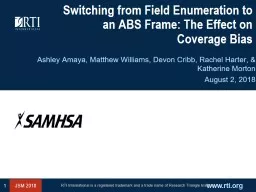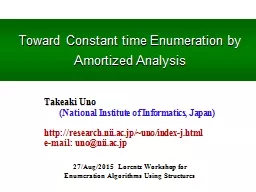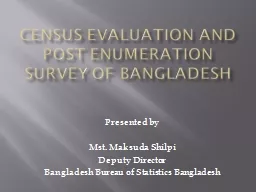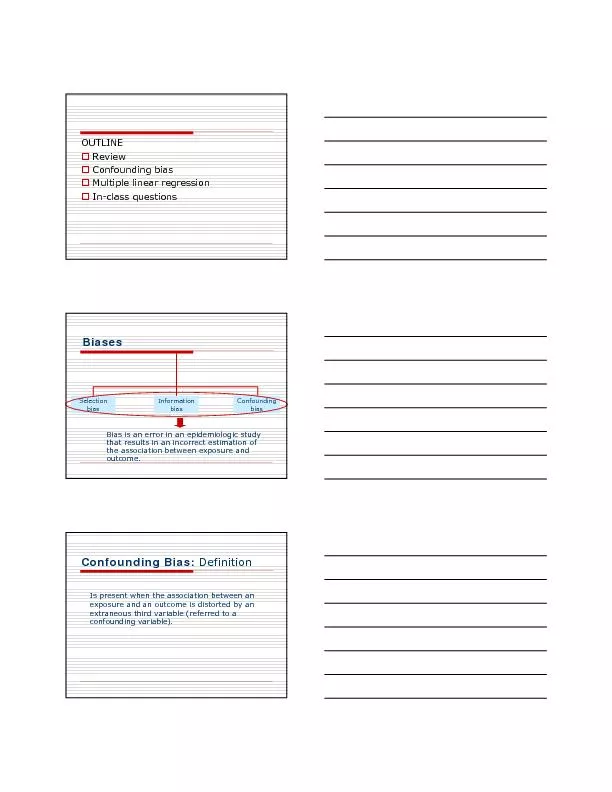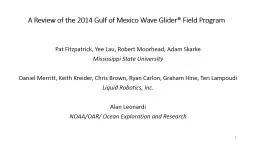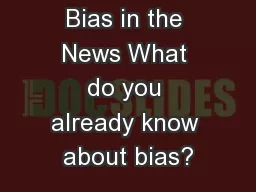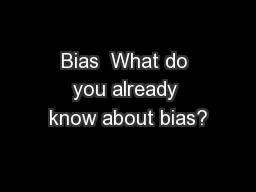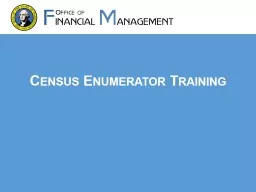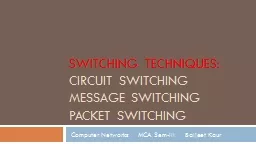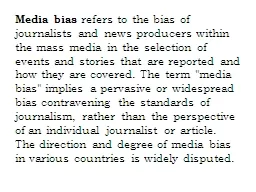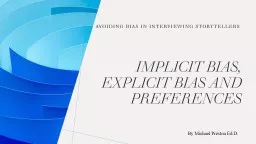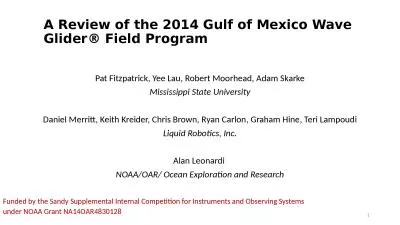PPT-Switching from Field Enumeration to an ABS Frame: The Effect on Coverage Bias
Author : briana-ranney | Published Date : 2019-01-29
Ashley Amaya Matthew Williams Devon Cribb Rachel Harter amp Katherine Morton August 2 2018 JSM 2018 1 Acknowledgements The presentation is sponsored by RTI Internationals
Presentation Embed Code
Download Presentation
Download Presentation The PPT/PDF document "Switching from Field Enumeration to an A..." is the property of its rightful owner. Permission is granted to download and print the materials on this website for personal, non-commercial use only, and to display it on your personal computer provided you do not modify the materials and that you retain all copyright notices contained in the materials. By downloading content from our website, you accept the terms of this agreement.
Switching from Field Enumeration to an ABS Frame: The Effect on Coverage Bias: Transcript
Download Rules Of Document
"Switching from Field Enumeration to an ABS Frame: The Effect on Coverage Bias"The content belongs to its owner. You may download and print it for personal use, without modification, and keep all copyright notices. By downloading, you agree to these terms.
Related Documents

